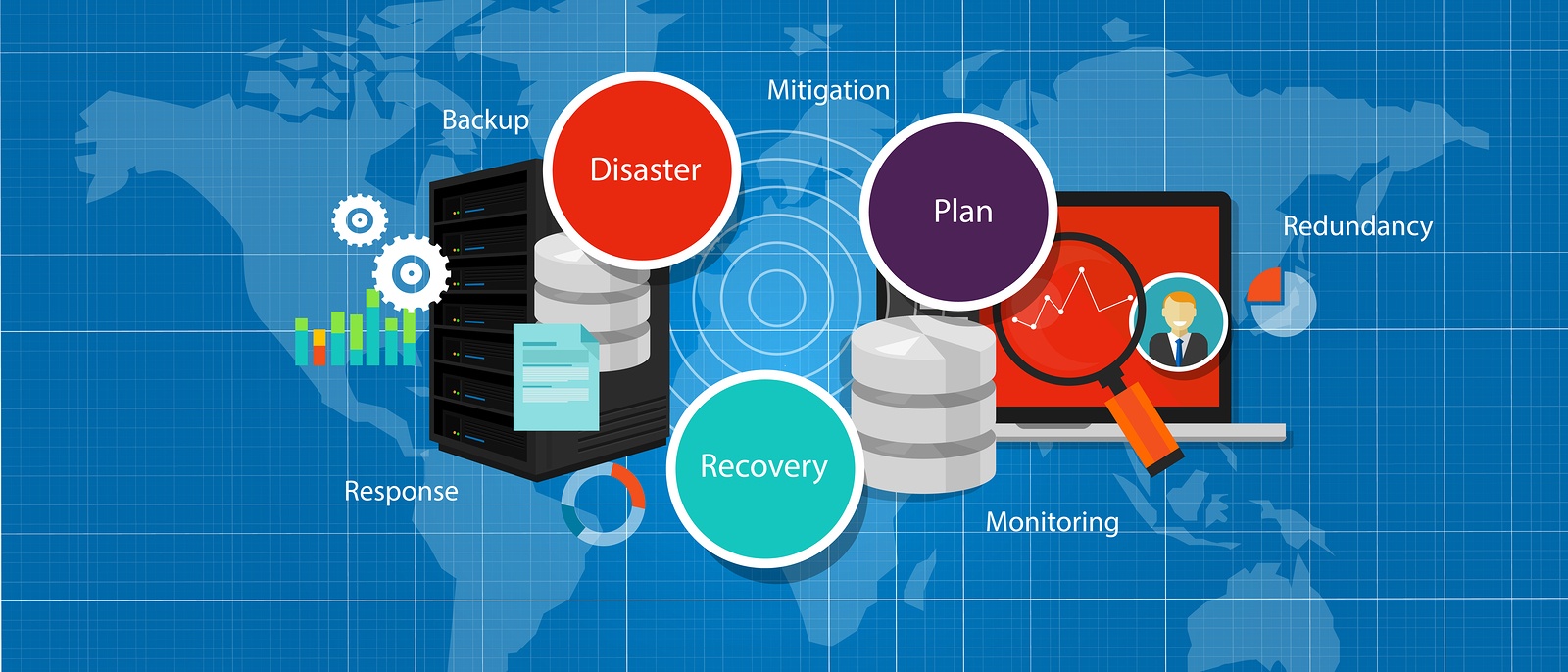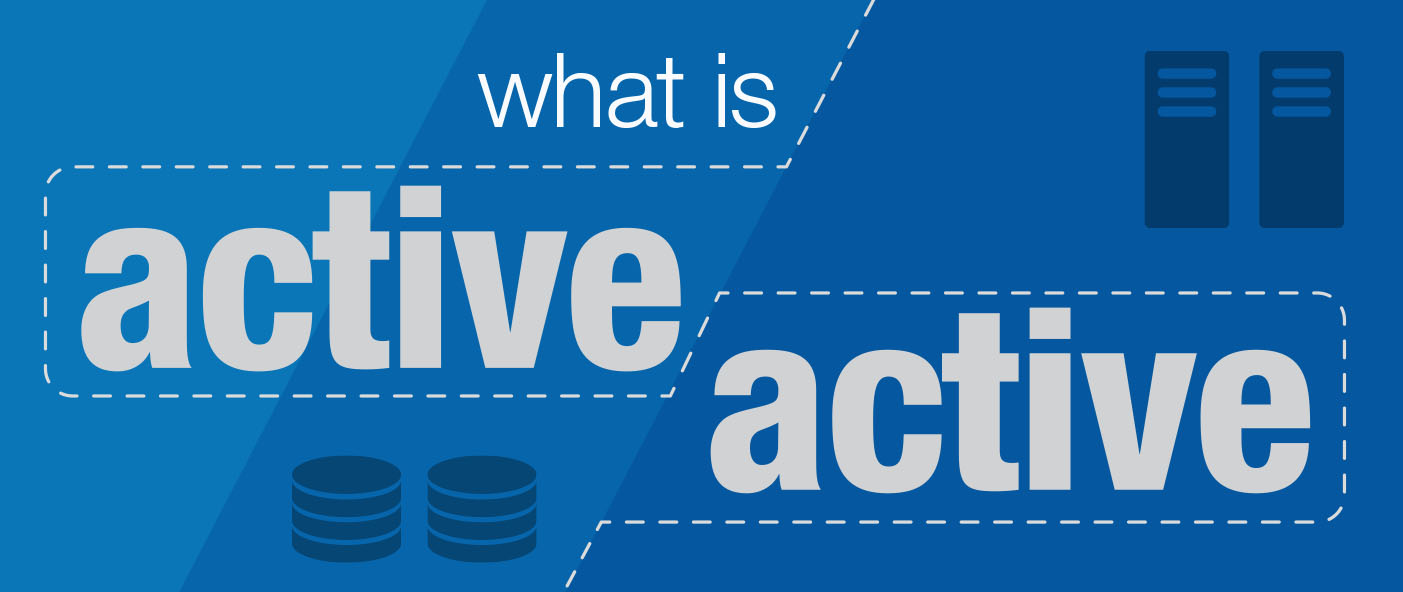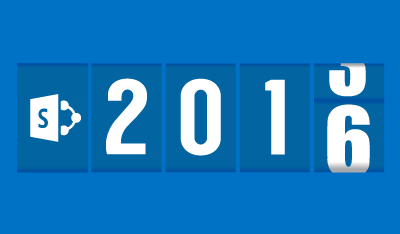
In today's fast-paced business landscape, staying ahead of the competition requires efficient and effective solutions. According to Microsoft’s Work Trend Index, nearly 70% of employee report that they don’t have sufficient time in the day to focus on “work”, with more time being spent Communicating than Creating.
Microsoft 365 Copilot is designed, with Microsoft’s cloud trust platform at its core, to allow for employees to both be more productive, reduce the time spent searching for information, performing mundane tasks, and other low-value activities.
Are you ready? Ready for what?
A disaster!
It doesn’t need to be a big disaster, it could be a small fire in your server room, a direct lightning hit to your data center, or another utility company digging up your fiber connection.
It could be a big disaster such as a flood, tornado, earthquake, or something man-made, such a chemical leak or terrorist attack. For some companies, it would not impact them in a big way because they could cease production for a couple of days or even weeks and pick up right where they left off that is if there was anything left.
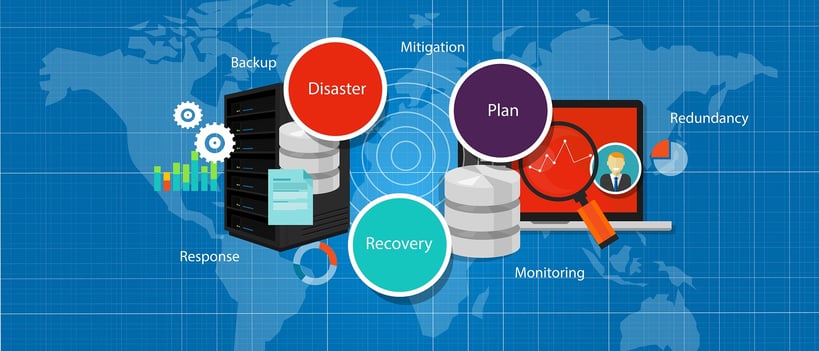
These tend to be smaller businesses where their IT and management teams physically locate in the same area where operations reside and have a customer base that is somewhat tolerant of a disruption of supply.
Is that your company?
Consider these questions:
-
If the area of your IT operations were destroyed or made unavailable could parts of your business still continue functioning?
-
If your IT functions stopped today, how long could your company continue to operate?
-
Could you communicate with your customers, suppliers, and employees (Email, Phones, IM, and social media)?
-
Could you continue to produce goods and services (ERP and process control)?
-
Could your accounting department continue to function (Payroll, AP, and AR)?
-
Sure some of us have business interruption insurance or business income insurance but how long does that take to get paid and will your employees and customers still be there for you?
Business Continuity and Disaster Recovery (BCDR) planning are how we mitigate the risks of having a catastrophic event occur and when it does what we do to recover from it.
For only the smallest companies, it would be backups and backup tapes. For other’s it an alternate site and or cloud services. The answer varies from company to company, depending on size, complexity and maturity of the organization. It becomes a part of your IT organization, a necessary part of your IT team.
Final Question:
You would not go without health, homeowners or automobile insurance, then why would you go without a BCDR plan?
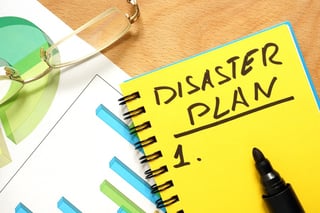 Every business needs a Disaster Recovery Plan
Every business needs a Disaster Recovery Plan
KiZAN can help.
Check out all our Disaster Recovery resources
&
Schedule a Free Disaster Recovery Discovery Session today!

